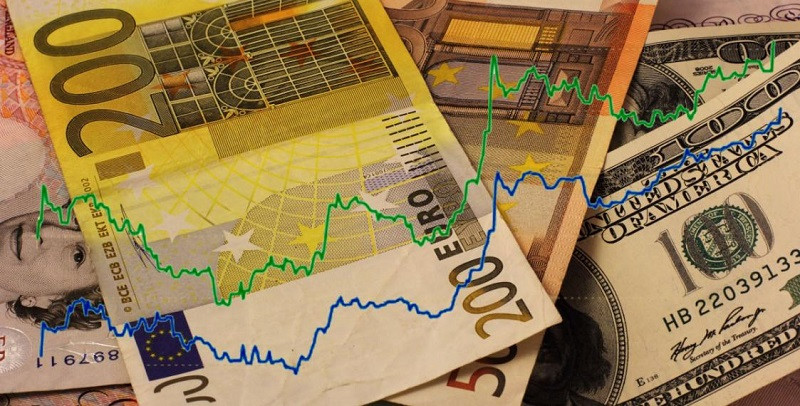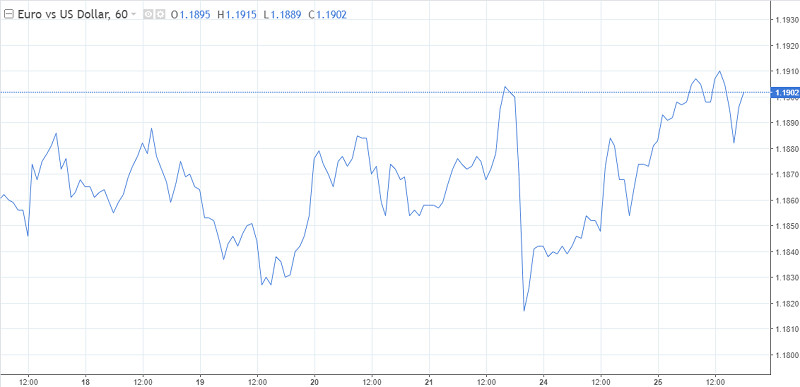
In November, the US business activity advanced to record highs for the first time in 5 years. At the same time, Europe reported on strong GDP figures in Germany. Moreover, the Ifo business climate index exceeded the forecast. However, according to IHS Markit, the eurozone business activity declined to a 6-month low. The slump was caused by poor performance in the services sector. France published even weaker figures. Notably, its economy is one of the largest in the eurozone. That is why the euro failed to break the level of 1.19 amid the sliding US dollar.
Nevertheless, buyers of the euro were encouraged by the news about the transition of power to recently elected President Joe Biden. According to the technical analysis, the euro/dollar pair may retest the level of 1.19. Today, the pair broke this level. However, it is unknown whether the price is able to consolidate above 1.19 to rise to 1.20.

Let's find out the main reason for such differences in the business activity figures in the US and Europe. First of all, it is a lockdown. The reimposed quarantine measures resulted in a slump in the European services sector. The indicator hit the lows logged in April. However, the number of new virus cases is sliding in France, Italy, and other countries of the eurozone.
In the US, the number of confirmed COVID-19 cases is soaring. Every day, we can see news that the US is planning to impose restrictive measures. However, in fact, this will hardly happen. The country's economy will be less damaged without lockdowns.
Notably, the US released only preliminary data for November. Thus, it is too early to make conclusions. The situation will clear up at the beginning of December as the US will disclose a bulk of macroeconomic reports. The country's business activity is likely to jump, if a rise in the number of virus cases slows down. Moreover, the absence of lockdowns may also contribute to higher business activity.
In Europe, incidence of COVID-19 cases is falling. It means that the containment measures could be loosened soon. This will support both the business activity and the services sector. Moreover, the ECB has promised to expand its stimulus package in December. Thus, consumer activity may start climbing.
The quarantine measures imposed amid the pandemic led to a longer drop in demand and prices. A rise in prices is really slow. It means that people avoid buying a lot of goods. For example, before the outbreak, the US inflation was near 2%. In April and May, a rise in prices equaled almost zero because of the lockdown and sliding demand. However, in July, the inflation resumed advancing.
However, in the eurozone, the situation is a bit worse. During the last ten years, the eurozone inflation has entered the negative territory three times. Consumer prices began falling amid the first coronavirus wave. In early November, the inflation was -0.3%.
It is obvious that there are reasons for concerns. Negative inflation causes more problems than the lowest possible but still positive one. Moreover, positive dynamic could hardly be seen. Dropping consumer prices may lead to disastrous consequences.
 English
English 
 Русский
Русский Bahasa Indonesia
Bahasa Indonesia Bahasa Malay
Bahasa Malay ไทย
ไทย Español
Español Deutsch
Deutsch Български
Български Français
Français Tiếng Việt
Tiếng Việt 中文
中文 বাংলা
বাংলা हिन्दी
हिन्दी Čeština
Čeština Українська
Українська Română
Română

